Are you considering making changes to your business entity? Whether it's a shift in structure or an adjustment in ownership, navigating the modification process can be a bit overwhelming. But don't worry'understanding the necessary steps can make the transition much smoother. Let's dive into how you can effectively modify your business entity and what you need to know to get started!
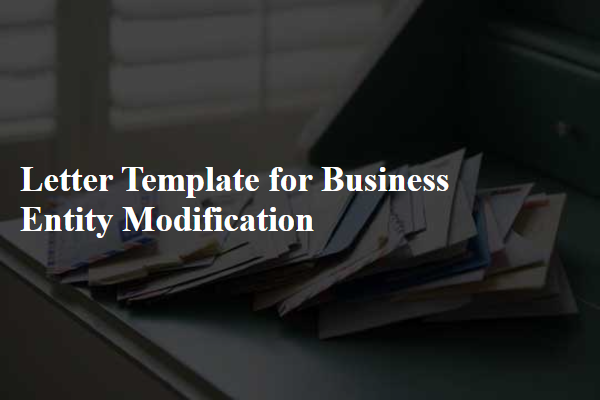
Business Entity Name and Current Information
Business entity modifications require precise updates to ensure compliance with legal requirements. For example, a Limited Liability Company (LLC) called "Green Innovations LLC" operating in California may need to update its name to "Green Innovations Solutions LLC" and adjust its registered office address from 123 Eco St, Los Angeles, to 456 Sustainability Ave, San Diego. Additionally, changes might include the addition of new members or alterations in management structure that need to be documented accurately. Such modifications typically necessitate filings with the California Secretary of State, which may involve specific forms and fees based on the complexity of the changes, typically processed within a few weeks.
Description of Modification
Business entity modifications often involve changes like the alteration of a company name, structural reorganization, or shifts in ownership percentages. For example, a limited liability company (LLC) may restructure to convert into a corporation, which alters the liability protections and taxation methods under United States law. Additionally, changes in membership can result in different management structures impacting decision-making processes. Moreover, a business may expand its purpose to include new services or products, indicating a growth strategy aimed at market diversification. Furthermore, legal requirements, such as filing with the Secretary of State in the respective jurisdiction, ensure compliance and transparency in the modification process, generating official records of the changes made for public access.
Legal and Regulatory Compliance
Business entity modifications require strict adherence to legal and regulatory compliance standards set by governing bodies. Companies must submit specific documentation, such as Articles of Amendment, to state authorities, including the Secretary of State, depending on the jurisdiction. Detailed disclosure of changes, such as updates to the business name, address, or ownership structure, is essential. Compliance ensures transparency and mitigates potential penalties, such as fines or revocation of business licenses. Important timelines and filing fees vary by state but must be carefully tracked to avoid lapses. Consultation with legal professionals is often recommended to navigate the complexities of corporate regulations effectively.
Effective Date and Timeline
When modifying a business entity, it is crucial to establish an effective date that indicates when the changes take place, often aligning with regulatory requirements or strategic goals. The timeline should detail significant milestones such as submission of documentation to the Secretary of State, legally mandated waiting periods (often 15 to 90 days), and the announcement to stakeholders. Additionally, any necessary meetings with board members or stakeholders should be scheduled, typically allowing for a minimum two weeks' notice, which can ensure transparency in the process. Understanding local regulations and potential delays can aid in crafting a precise timeline for a smooth transition.
Authorized Signatures and Contact Information
Business entity modification entails updating critical elements such as authorized signatures and contact information for statutory documents. In corporate governance, authorized signatures represent the individuals (typically executives or board members) entitled to sign legal documents on behalf of the entity, thereby ensuring proper representation. Accurate contact information, including physical addresses, telephone numbers, and email addresses, is essential for seamless communication with stakeholders. Changes in these details can have implications on regulatory compliance and business operations, and typically require documentation, such as a resolution or amendment certificate, to formally enact the modifications with state authorities.

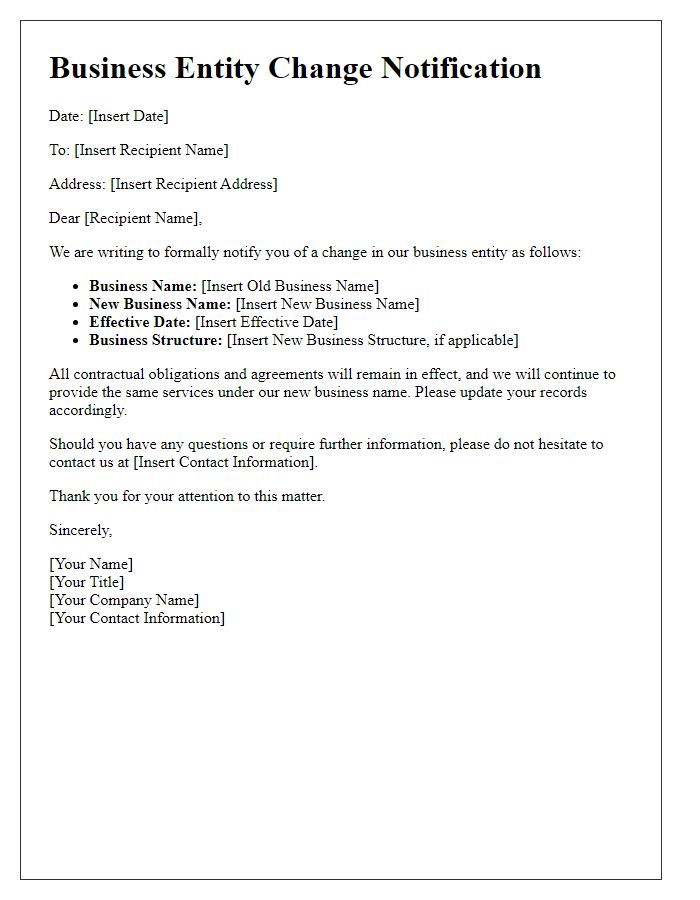
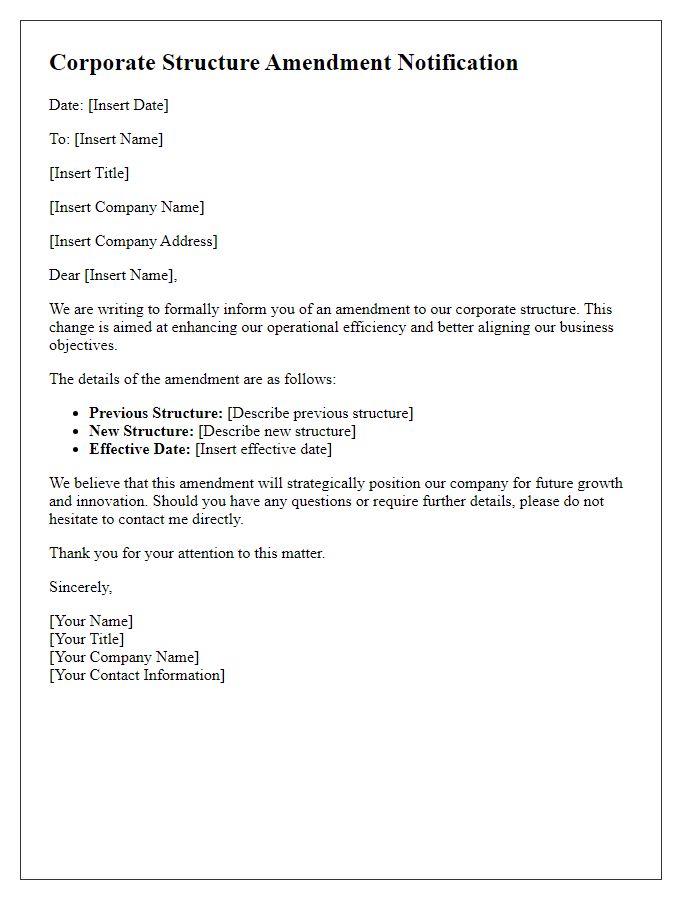
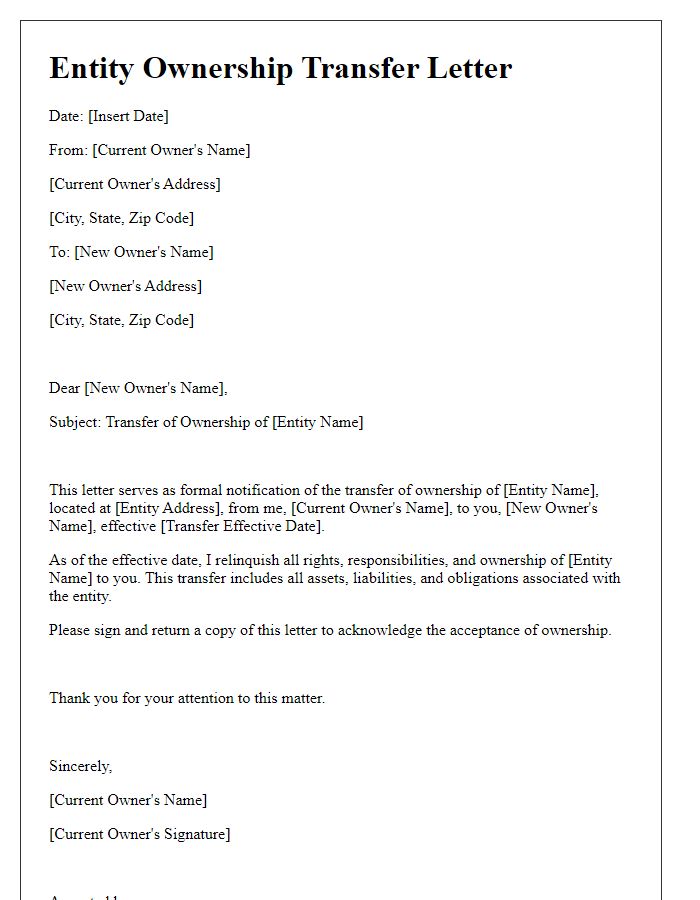
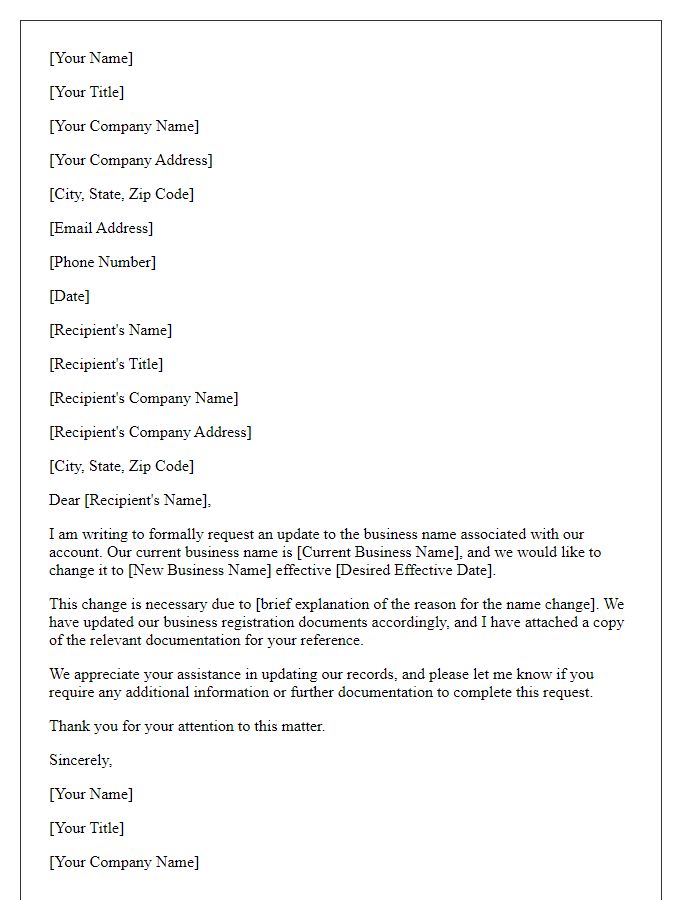
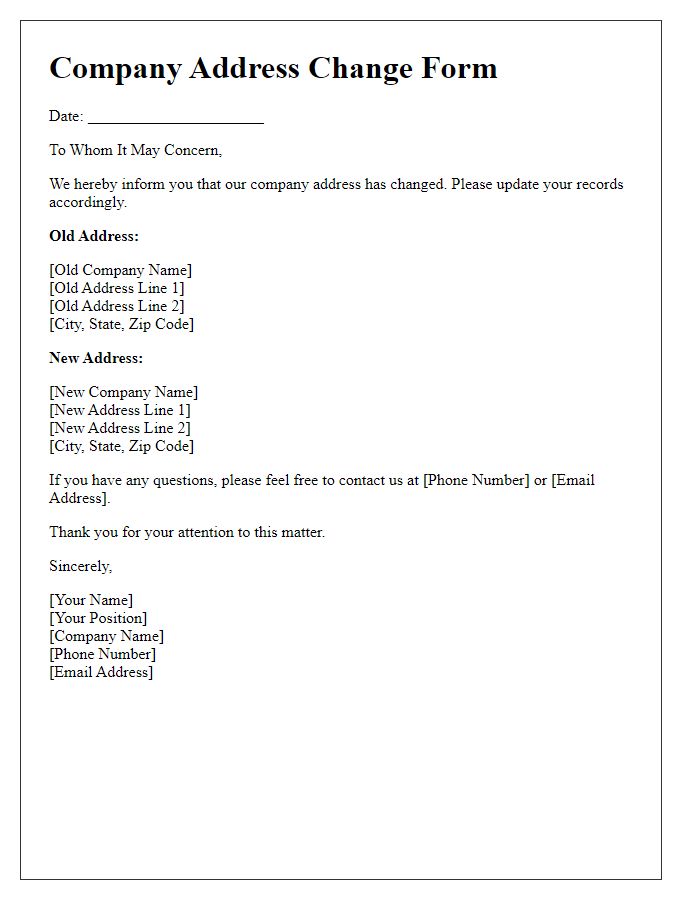
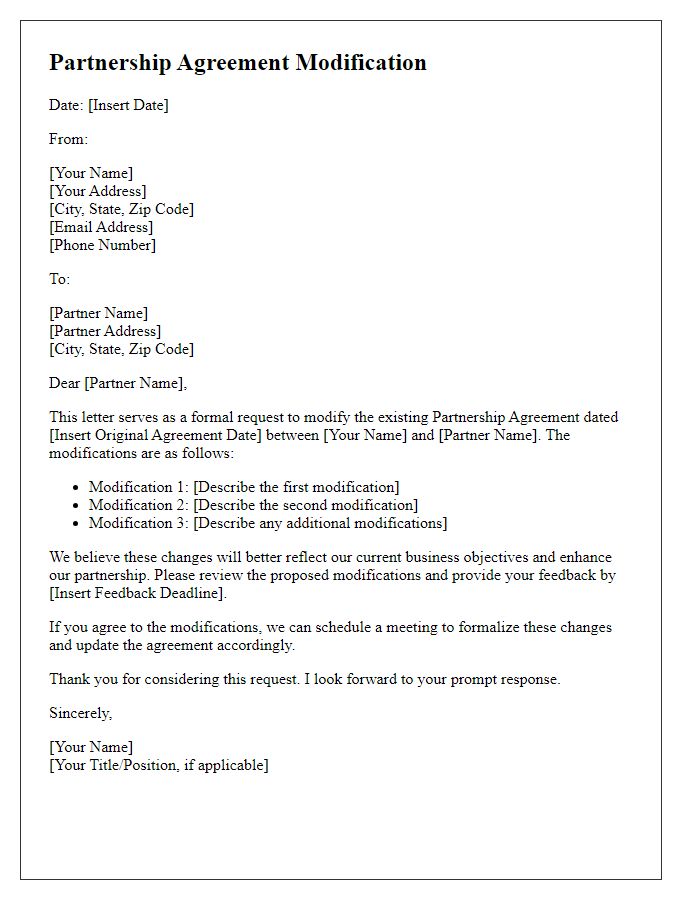
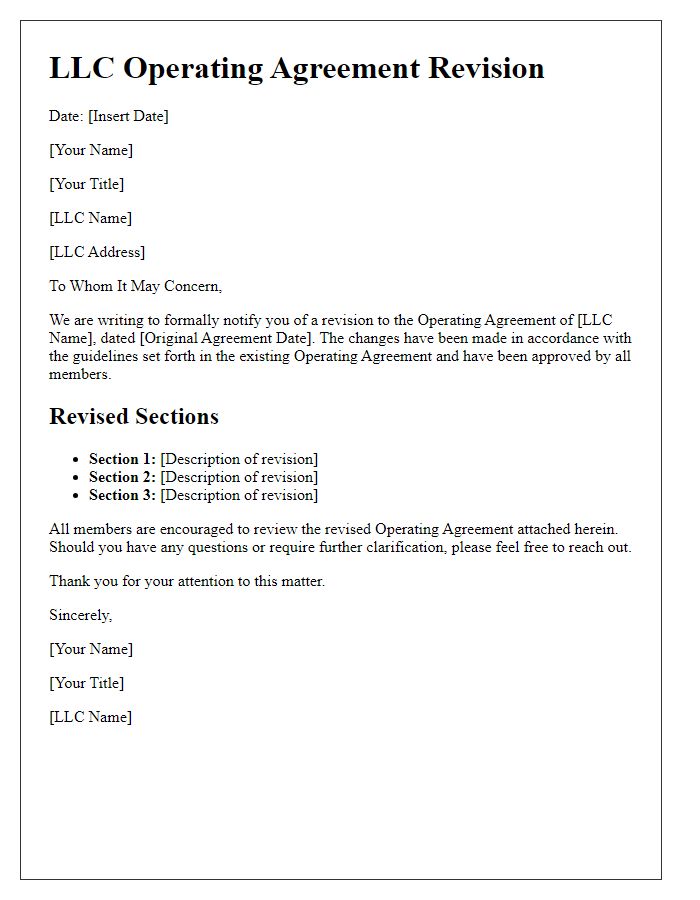
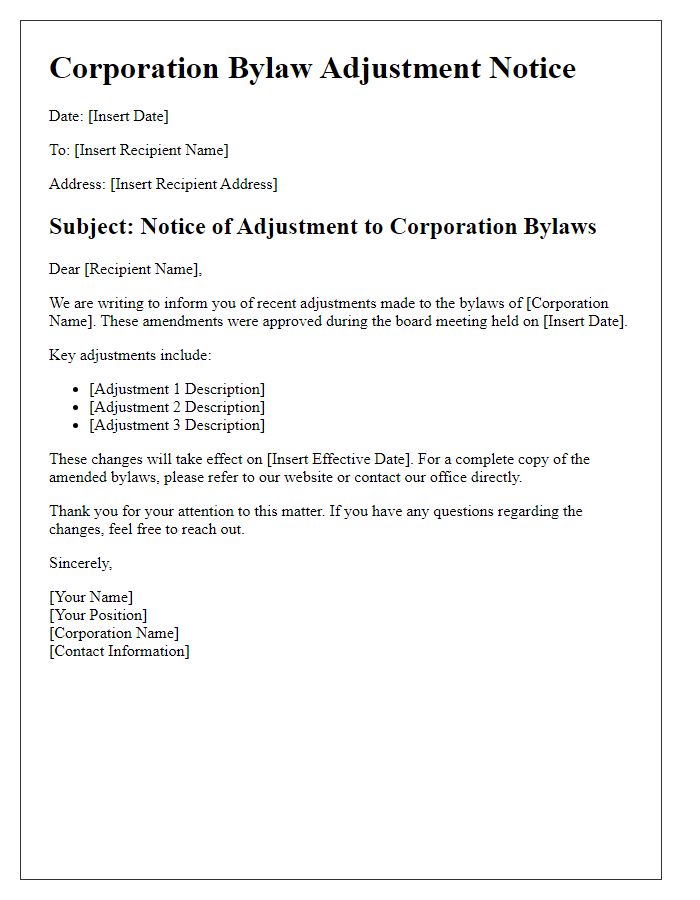
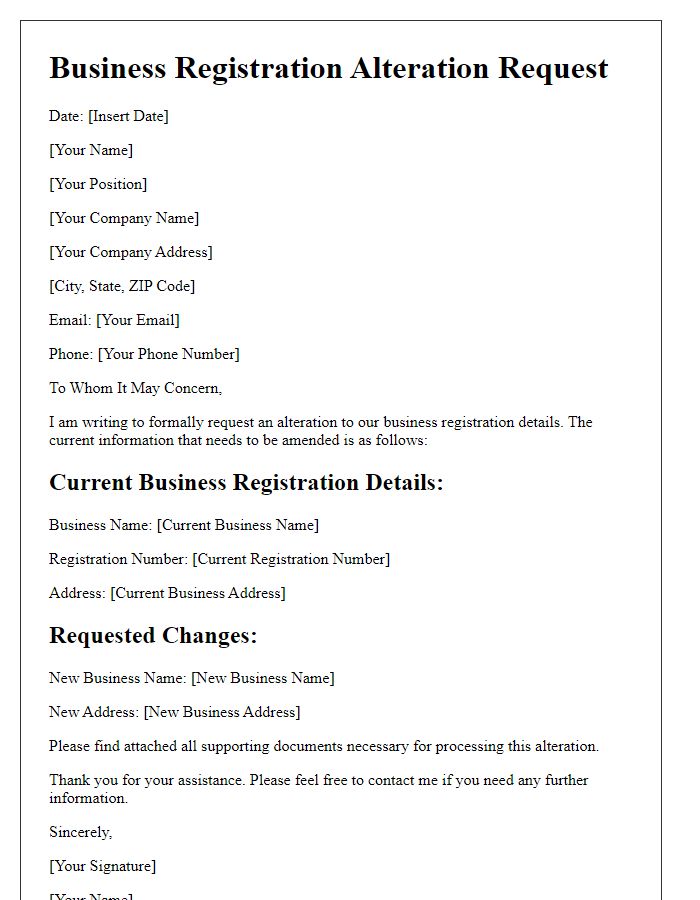
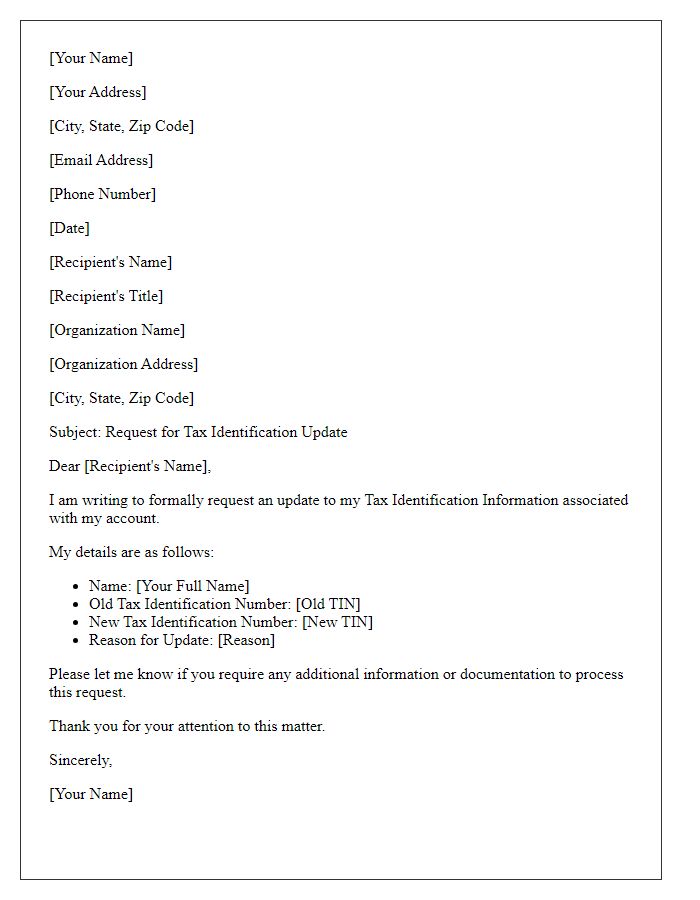



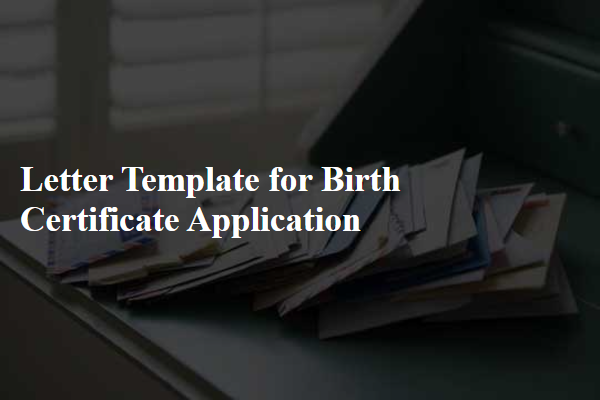

Comments